|
My name is David Holroyd, aka David Capello featured in The Perfect Pair Dolphin Trilogy. On the 19th March 2023, I celebrated my 70th birthday, and on the 20th March 2023, I received a most beautiful poem through the post. I have no clues as to who could have penned such a moving piece of work, but it is painfully clear that they wish to remain anonymous. All I can say is this is a gift of words that I will treasure all my days. A priceless time machine that pierced my heart and swam me back to the days of my youth, once more depositing me in a place where I experienced my first and greatest love – Duchess, an Atlantean princess from another world. They say that big boys don’t cry, especially about the girls they left behind. So, like many men, I will bite my lip and suppress the memory of how I left her trapped inside my Enchanted Mirror. Now, I let my mum and sister cry for me. I urge everyone who truly cares to experience the magic of this mystery wordsmith. THE DUCHESS
Eyes black as night, like a siren draws you in. Body sleek and strong. Complete with dorsal fin. A creature bold and regal holds her head up high. Yet tortured is this soul, who dreams of sea and sky. Taken from the blue. The place where she calls home. Now to spend her days, broken, torn, alone .. Bought and sold like a piece of meat. There’s no surrender, no retreat .. Yet, a light within this darkness, a glint from a friend. A reminder. That even in this place, there’s life, not just end .. A reason to go on each day. A helpful hand who shows the way. A gentle touch, from an open mind. A benevolent spirit so hard to find. Two souls, who never should have met. Within this union, no regret .. One man and his dolphin .. The Perfect Pair. A bonding of spirits incredibly rare. One by one, a new found Pod. A fellowship, one mind, not bound by blood. Hard work did follow, decisions made. The men in suits all get paid. There’s no going back to that sea and sky. A life that’s now, just one big lie .. The jailer’s close at hand. Dollars are his whip. Hand shakes with golden gloves, and lies upon his lips. A pool for a prison, a perilous plight. Darkness and shadows that hide in the light. An endless cycle of crowds and cheers. Yet, a soul she found to share her fears. An end of days, that made us smile. You took my pain, just for a while. One final gift. From a dolphin to he. Who works so hard to set us free. You weren’t my first friend .. Nor from my past. Much more important!! You were my last … Happy 70th Birthday.
3 Comments
Bullying - Let’s Talk Taiji! Do you remember what it was like to be bullied at school? Or were you one of the bullies? Or perhaps you just stayed on the side-lines and watched? Unfortunately, bullying doesn’t stop at school, it doesn’t end when you grow up. In fact, it seems to get worse. Even more so online. This is especially true for my friend, dolphin activist Kunito Seko, and seemingly anyone who supports him. So why is Japanese activist, Kunito Seko, being attacked? He gets up every morning before the sun rises and waits to see if the banger boats go out to hunt for migrating dolphins. If they go out, he waits until they either return empty-handed or there is a formation. If there is a formation, he will livestream, but not from above the Cove like he used to. He has been accused of “stealing” the space and not sharing. Accused of placing oversized equipment there early so other activists can’t use the same spot - the same spot where, for many years, two large groups stood side by side and filmed every season. So, what’s the problem? Why is Kunito being attacked over a “space”? The man accusing Kunito of this unforgiveable crime used to be his friend. Kunito let Ren Yabuki stay in his home. They would livestream together, and Ren would literally beg people to visit Kunito’s Amazon Wishlist and buy him much-needed equipment. Then, as happens with many activists, the wheel fell off. I don’t know when this happened, but when it did, it was fast and vicious. In fact, since this sudden fall-out, Kunito and his friends (including me) have suffered a plethora of unfair criticism which is tantamount to extreme bullying. One activist even labelled Kunito an “Influencer trying to make money!” She exclaimed, “Very bad to make money with the pain and horrifying slaughter of dolphins!! Stop following Kunito!!” Stop following Kunito??? Why, for goodness’ sake? Aren’t we all supposed to be on the same side? Aren’t we all trying to stop the Taiji dolphin massacre? Sadly, judging by the behaviour of those attacking Kunito, it appears not. This is especially relevant when it comes to Ric O’Barry’s Dolphin Project and the LIA, organisations that clearly view monetary donations above dolphin welfare. So, when does enough become enough? When do activists supporting certain charities stop this nonsense and start focusing on the dolphins again? Kunito Seko hasn’t wavered in his fight to raise awareness. Multiple people have contacted Ric O’Barry’s Dolphin Project to let them know about the ongoing bullying and harassment he is suffering. Sadly, they have chosen NOT to act, which appears to condone their helpers’ bullying behaviour. So, here is my message to the charity bully-boys. You asked for a solution to end the hostility, but (true to form) didn’t give me the chance to air it. Here it is! Film from above the Cove on ALTERNATE days and stop ganging up on Kunito. Let him do HIS job and you do YOURS. It’s not rocket science; in fact, it’s pretty damn simple. All Kunito Seko cares about is documenting what happens to those poor dolphins. So, leave him be and let him do that. Then, rather than attacking hard-working activists, you can use all that extra time you have on your hands to raise awareness about the plight of the Taiji dolphins. After all, that’s what we’re all SUPPOSED to be fighting for - isn’t it? Jodie Hillier, Activist THE PERFECT PAIR DOLPHIN TRILOGY’S COMMENT When Jodie first submitted this blog to The Perfect Pair Dolphin Trilogy website, we had some trepidation about posting it, as we didn’t want to be accused of pouring fuel on the fire. So, why did we? Well, this blog perfectly illustrates the wanton self-interest of the ceta charities involved. Nothing new, as the ceta charities’ activist supporters have been back-biting for the last 50 years to our knowledge. So, why does this happen? These activists work against each other to protect their favourite charities’ self-professed expert status - a mind-set covertly encouraged by the charity directors themselves to ringfence their dwindling money trains. Yes, folks! That’s what we said: MONEY TRAINS. Because “saving” dolphins is indeed BIG money, especially for those animal charities and would-be celebs who front them. This is the reason why they jealously slam the doors on any individuals who they deem to be a threat. So, for all those wailing at our approval of this blog, let us bring you a few home truths: The Taiji slaughter has been covered by different charities for around the last 50 years – Ric O’Barry’s Dolphin Project and Sea Shepherd to name but two. So, what have they achieved? It appears NOTHING! In fact, the bloody Taiji slaughter has grown even more lucrative for its Japanese gang masters. FACT! Speaking of said charities, Ric O’Barry’s Dolphin Project deems the coverage of the Taiji horror show as its own. Do you recall O’Barry’s all-too-public break-up with Earth Island Institute and their squabble over money? https://www.dolphinproject.com/blog/an-important-note-from-ric-obarry-2/ Not to mention their disgruntled acceptance of Sea Shepherd, who eventually got kicked out of Taiji by the Japanese authorities. Yet, strangely, Ric O’Barry’s Dolphin Project was allowed to remain. WHY? As for Kunito Seko, all dolphin lovers would do well to accept that change can only come from within, meaning that Japanese activists such as Kunito are of vital importance if we are to stand any chance of ending this wanton genocide.
So, we have a message for all the caring charities and their supporters who are squabbling on the Taiji cliffs: you are not the be all and end all in saving dolphins. There are thousands of dedicated activists who work tirelessly and deserve to be heard … NOT silenced in the interest of YOUR incomes! Tracy J Holroyd, Cert Ed, BA(Hons), Member of the Society of Authors David C Holroyd, Member of the Society of Authors 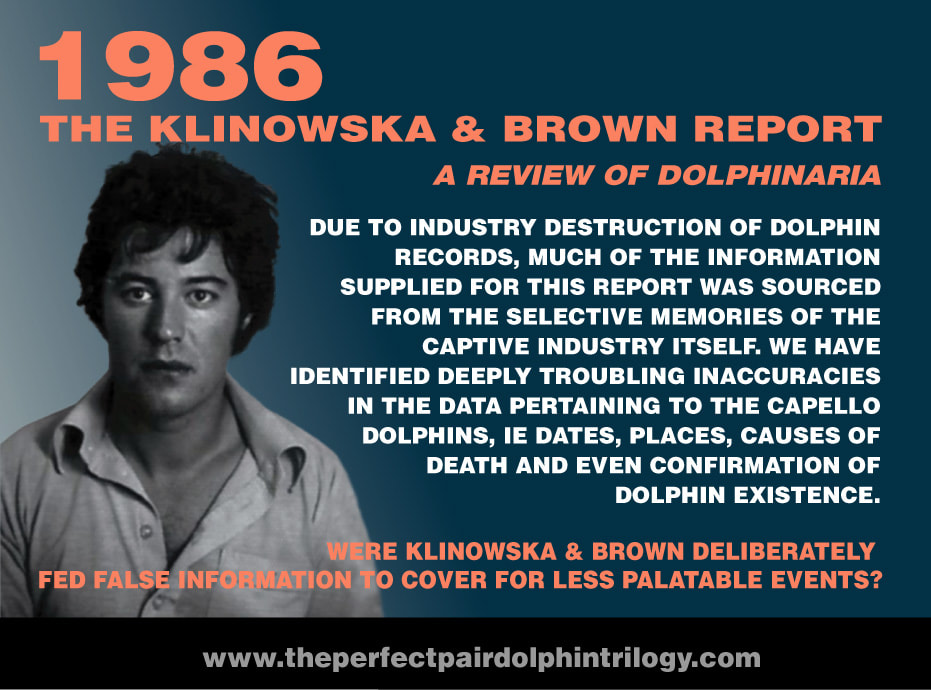 I'M THROUGH PUSSYFOOTING AROUND! With all the recent publicity surrounding the South Elmsall secret training pool, this is as good a time as any to put the record straight. As the former head trainer featured in The Perfect Pair Dolphin Trilogy book series, I learned my craft at this West Yorkshire location. It’s time that both public and activists knew the TRUE facts, so here they are laid out for all to read.
DAVID CAPELLO, HEAD TRAINER: THE TRAINER THE UK CETA CHARITIES WOULD HAVE YOU BELIEVE NEVER EXISTED. The credits of David C Holroyd (stage name David Capello), the first trainer to graduate from the South Elmsall facility:
I PUBLICLY CHALLENGE THE KLINOWSKA AND BROWN REPORT! This official Government-commissioned report on UK dolphinaria did not name several of the early South Elmsall dolphins. The records of those it did name were riddled with inaccuracies, ie dates of arrival, dates and places of death. Why? Why did such a vital piece of work close its eyes to the memory of these sad but magnificent Atlantean performers? Could it be that those who supplied the information had a different agenda? Could it be that, such was their shame surrounding the treatment of the Entam dolphins, those involved chose to cover up the existence of certain dolphins, whilst falsifying the records of others? I strongly believe this to be the case because the vast amount of information submitted to the researchers was presented by the captive cetacean industry itself. By this, I mean those people who worked for the UK aqua circus, ie owners, vets and animal celebrities who went on to build lucrative careers on the back of dolphin suffering. WHY DID THE UK CHARITIES CHOOSE TO BLACKLIST CAPELLO'S VITAL EXPOSE? I refer you back to my last comment: animal celebrities who went on to build lucrative careers on the back of dolphin suffering. As most people are now aware, the villain of The Perfect Pair Dolphin Trilogy exposé was a character named Tommy Backhouse (a fictitious name designed to avoid legal problems at the time of publication). Tommy Backhouse’s true name was Terry Nutkins, Entam’s then general manager. He became a famous 1980s presenter of animal programmes (most notably Animal Magic and The Really Wild Show). He was also known to several charities because of his work with cetaceans and his links to naturalist and author, Gavin Maxwell - just one of the MANY reasons that might explain the UK ceta charities’ stubborn reluctance to support The Perfect Pair Dolphin Trilogy exposé. However, what cannot be explained is why a UK ceta charity director, Margaux Dodds of Marine Connection and Dolphinaria-Free Europe, covertly tried to discredit the exposé, asking other charity directors NOT to support it – a shameful stifling of the truth that, to my mind, has cost the lives of many captive dolphins. So, there you have it: a web of skulduggery to maintain a cover-up that was hatched by the UK captive industry over 50 years ago - sadly, a mantle that the ceta charities have happily taken up. This well-orchestrated ghosting has now failed BIG-TIME thanks to photographer and entrepreneur Jonathan Straight’s South Elmsall museum exhibition - not forgetting the brave journalism of the Yorkshire press, who have each done their bit in getting out the truth about the existence of South Elmsall’s secret pool. Their coverage has helped to give the ill-fated South Elmsall dolphins a voice. So, thank you The Yorkshire Post, Wakefield Express, Pontefract and Castleford Express and all those smaller online media outlets who took this story to their hearts. To finish, as the former trainer of all the dolphins mentioned above, I am sorely aware that I cannot undo my wrongs. However, I can shine a light on the truth – a truth that has been so long denied to ceta activists globally. Thus, I dedicate this blog to my precious Atlanteans: Duchess, Herb’e, Scouse, Baby Dai, Stumpy, Bubbles, Big Mama, Eccles, Twinkle, Bonnie, Clyde and all those other innocents who followed. Please forgive!
Thanks for reading. I WILL answer all questions and comments addressed to this blog. David C Holroyd, aka David Capello, former head trainer, Entam Leisure, Trusthouse Forte. Click on the links below to read more about the South Elmsall dolphin-training pool. South Elmsall Stories - The Dolphinarium (facesofsouthelmsall.com) Dolphins in a West Yorkshire swimming pool | Faces of South Elmsall | Jonathan Straight - YouTube The Perfect Pair Dolphin Trilogy Book Series Authors' Blog Hello friends! Welcome back to the magical and often violent world of Belinda Fellgate – a place where, quite literally, anything goes and everything is possible. But before we drag you into the realms of dark fantasy, we – as authors – would like to thank all those who have supported us during our quest to educate non-activists about the plight of those who have no voice. Also, a big thank you to all readers of our award-winning book series, The Perfect Pair Dolphin Trilogy, and the Belinda Fellgate fantasy series. As you have probably gathered, Belinda and her cohorts aren’t here only to deliver a spellbinding story, they are also here to make social comment - to share with you a dire warning that, if not heeded, could doom us all: Should we continue our mindless exploitation of our planet and those we share it with, we will surely condemn our future generations to hell. By this, we mean the effects of climate change and the extinction of those who have no voice - the animals that inhabit Earth’s waters and land masses. As a result of humankind’s wanton greed, many are already extinct or facing extinction – a dire situation that is recognised by our stories’ heroes. However, no matter how powerful they become, Belinda, Shelley, Vincent and Mr Jinks cannot redress the balance alone. They desperately need OUR help. So, what can we do? Well, our teen avengers need us to join #TheMirrorArmy so we can speak up in one powerful voice on behalf of those who have none. As a collective, we need to represent our non-human persons, such as our super-intelligent whales and dolphins … enchanting spirits that are barbarically hunted in our ocean or ripped from their families to endure a life of slavery performing in the aqua circus. Our proud Earth giants – elephants, rhinos, giraffes and more - ancient beings that have roamed our planet in one form or another since time immemorial. All - and we do mean ALL - of these incredible creatures are now in peril because of humankind’s greed. And last but not least, those non-human souls who are at our mercy daily: those with whom we share our lives, those raised for food and those who are tortured in laboratories … and, sadly, the list goes on. If we – as an army – won’t lend these precious souls our voice, then who will? Now, with that all-important sermon out of the way, what may you expect from the third book in the series, Belinda Fellgate: Malamok? Well, Belinda and her crew are now physically standing in the Shadow Realms – a universe packed with high adventure; a reality where monsters, demons and dark entities lurk menacingly around every corner. None worse than the grotesque clown and vile harbourmaster of Hell, Malamok. So, what are you waiting for? Get reading and dive into a gore-fest that sees the HellCat and her friends wreak havoc on the miscreants of the Shadow Realms. If we’ve piqued your interest and you want to learn more about Belinda Fellgate and the award-winning book series, The Perfect Pair Dolphin Trilogy, please go to the following website pages for a visual feast. David and Tracy https://www.theperfectpairdolphintrilogy.com/belinda-fellgate-hellcat.html https://www.theperfectpairdolphintrilogy.com/belinda-fellgate-the-kiss-of-flauros.html https://www.theperfectpairdolphintrilogy.com/belinda-fellgate-malamok.html https://www.theperfectpairdolphintrilogy.com/ ENJOY THE WEBSITE! SUPPORT BELINDA FELLGATE IN HER FIGHT AGAINST ANIMAL CRUELTY!
GREAT SPIRITS ALWAYS ENCOUNTER OPPOSISTION FROM MEDIOCRE MINDS The world’s precious dolphin and whale species are adored by many internationally. Throughout my life, I have been fortunate enough to experience many one-on-one interactions with these marine dwellers, building some of the most amazing memories both in and out of the water. The memories that my book contains are all true, factual and solely my own, and represent a diary of my personal experiences. In sharing my stories, my hope is to create an awareness within people that there is a pathway to understanding these highly evolved species and to nurture respect for their lives and future existence. Worldwide, their environment is being decimated by pollution and stripped of their food sources, and their daily activities are constantly interrupted by non-stop tourism ventures offering paying customers the chance to experience an encounter. All of these are negative impacts, which do not make their lives any easier. Dolphins are being slaughtered or captured for entertainment purposes, when they are forced to perform for paying guests. Their right to freedom has been stolen, eroded by humankind’s greed and lack of consideration and respect. My experiences speak volumes. Their mode of communication - which is not vocal, but telepathic - has shown me that they are in need of a higher level of understanding from the many humans and organisations that use and abuse them for their own profit and gratification. I advocate an end to marine mammal captivity, except in certain circumstances, when they have been injured and deemed unsuitable for release back into the wild. I believe that feeding naturally wild dolphins dead fish to encourage regular visits to the shore is a major negative. I have seen this activity practised at numerous tourist locations and believe that a dolphin’s natural behaviour is tainted by it, as it encourages them not to hunt for live fish, but to become more and more reliant on free handouts from humans. It also encourages some to become scavengers within their own environment. I have personally witnessed this behaviour and conclude through observation that some dolphins become so familiar with these free handouts that they start to approach boats for their free feed. In some cases, they anger fisherman by stealing bait from their lines, which has led to some dolphins dying at the fishermen’s hands. If we are to satisfy the ever-growing human lust for interaction, a balance that is good for all has to be achieved. I don’t pretend to have all the answers, as there are positives and negatives for both arguments, but if I can make a small difference by sharing some of my experiences and knowledge with others, perhaps things will slightly improve for our marine counterparts in the future. On numerous occasions when interacting with marine mammals, I have been accompanied by friends, so I understand the excitement people feel from being in the presence of dolphins both in and out of the water. All who have shared in this wonderful experience have come away feeling amazed, thrilled and privileged to have shared their company. I use no incentive to gain interaction from the dolphins - purely the power of thought, a psychic message telling them that I would be grateful for their company. I have been in the company of media, professional photographers, a surfing legend’s mother, whale watching tourism organizations, underwater birthing instructors, dolphin gurus, environmental warriors, government cetacean experts and marine mammal researchers. As regards my telepathic communication, some people understand, some are intrigued, some think I am crazy and others accept the truth of the dolphin-human telepathic connection. I stress: each and everyone is entitled to their own opinion. I know that telepathic interspecies communication is real. As humankind has evolved, many of us have sadly lost the gift of telepathy in favour of vocal communication. For those of us who continue telepathic communication today, may these words ring true: GREAT SPIRITS ALWAYS ENCOUNTER OPPOSISTION FROM MEDIOCRE MINDS. Joanne King To buy or learn more, please click on above image.
|
David c holroyd & tracy j holroydArchives
March 2023
Categories |
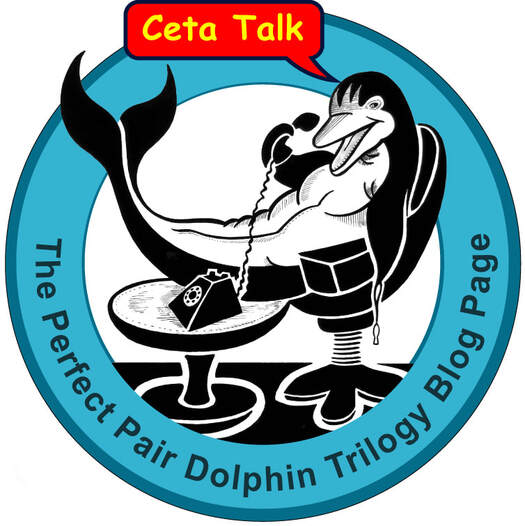
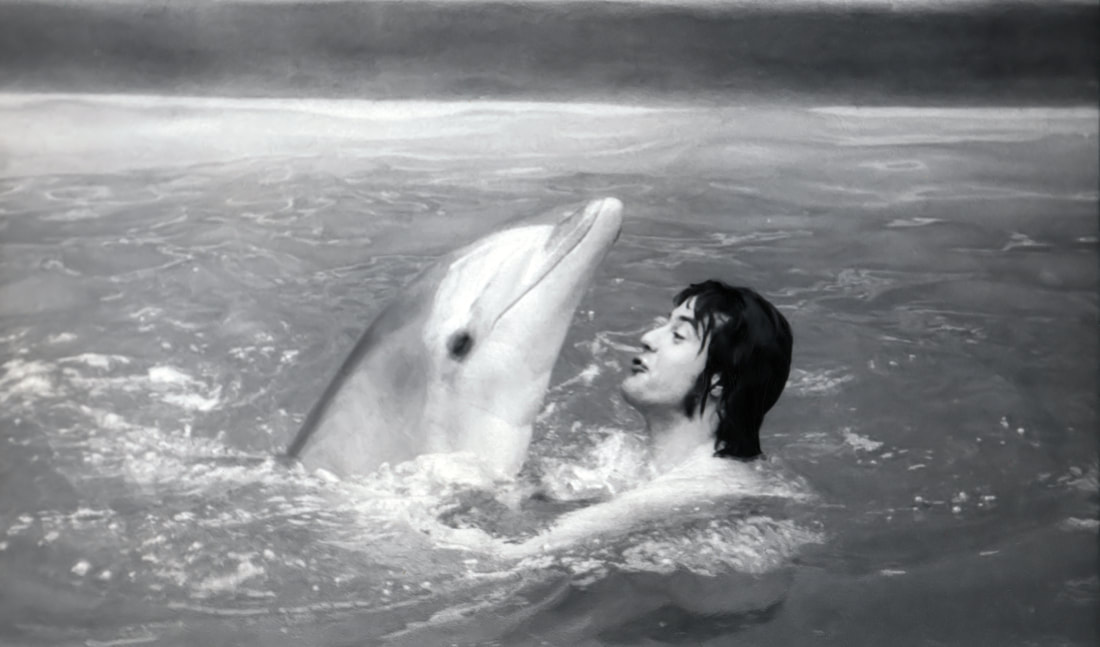
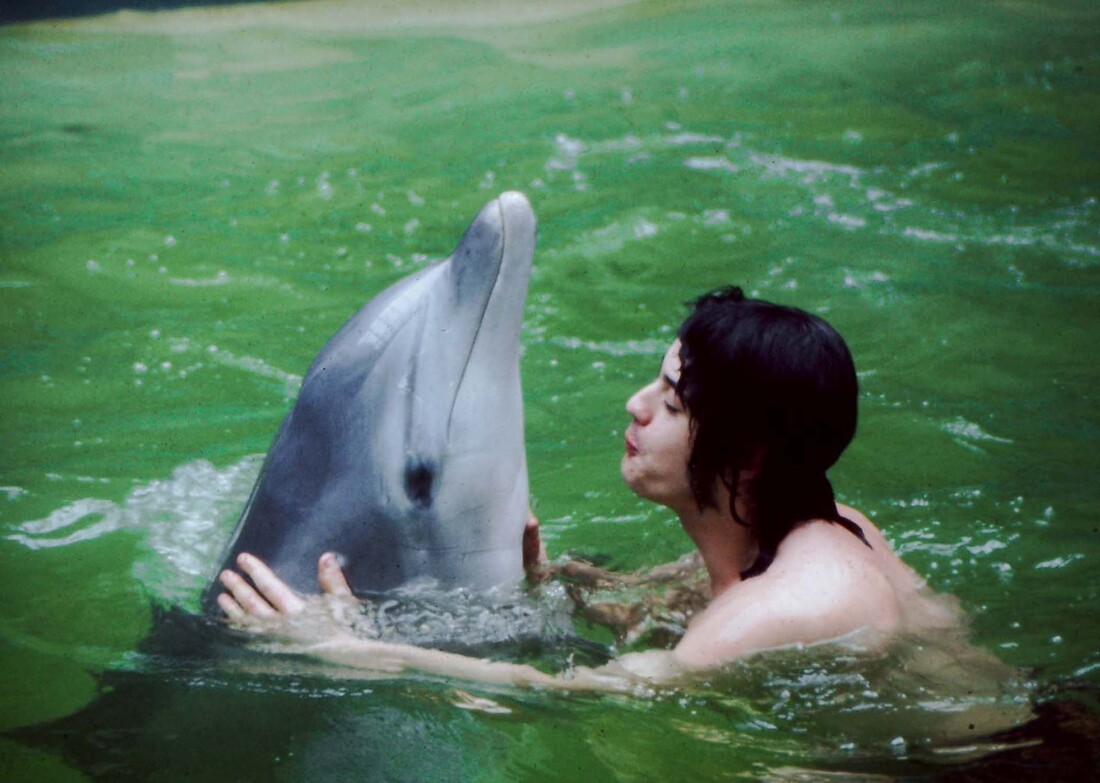
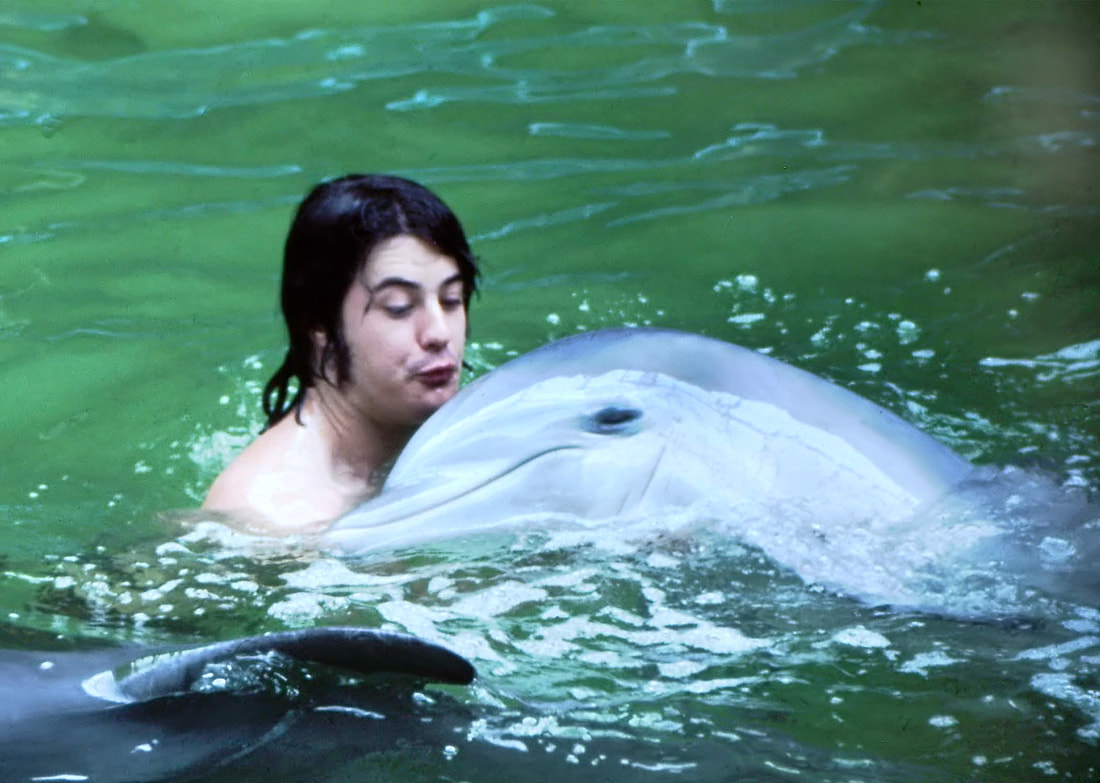

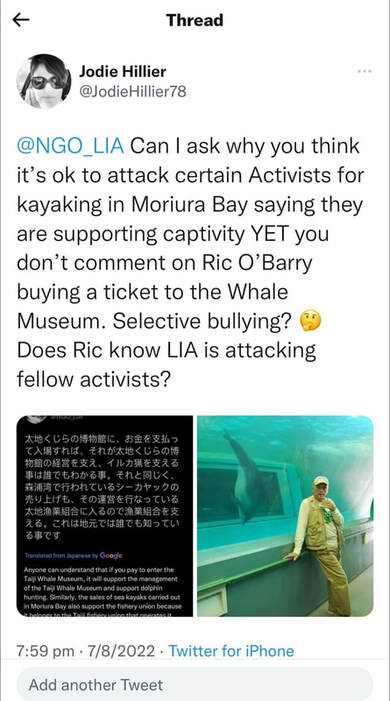
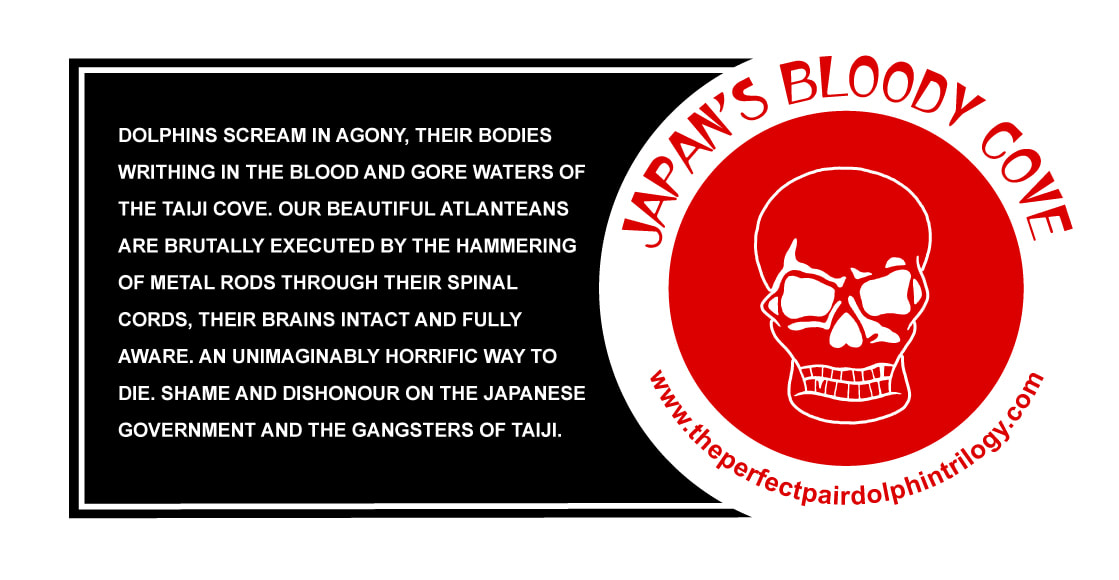
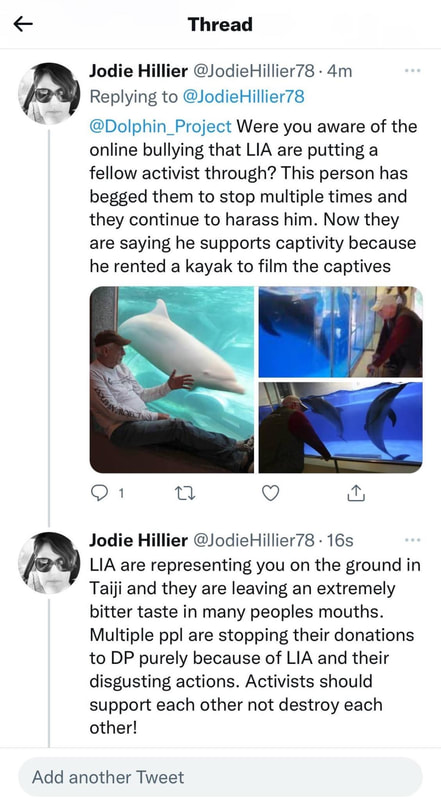
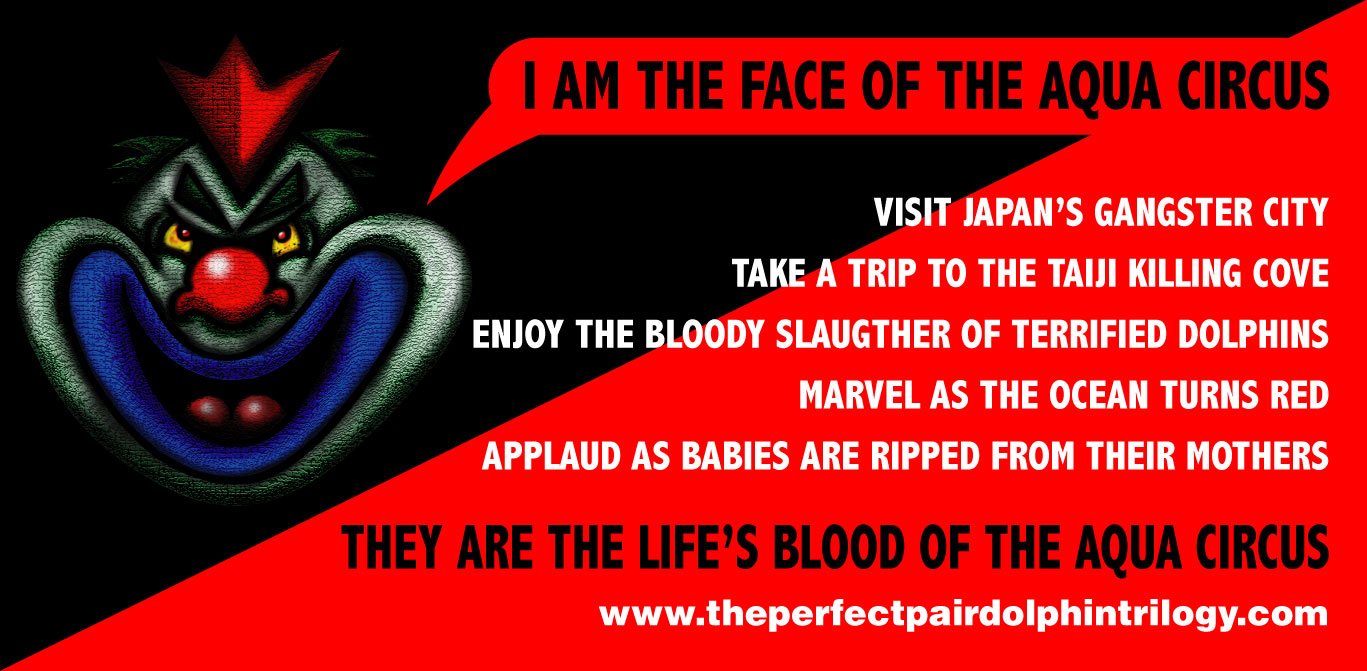
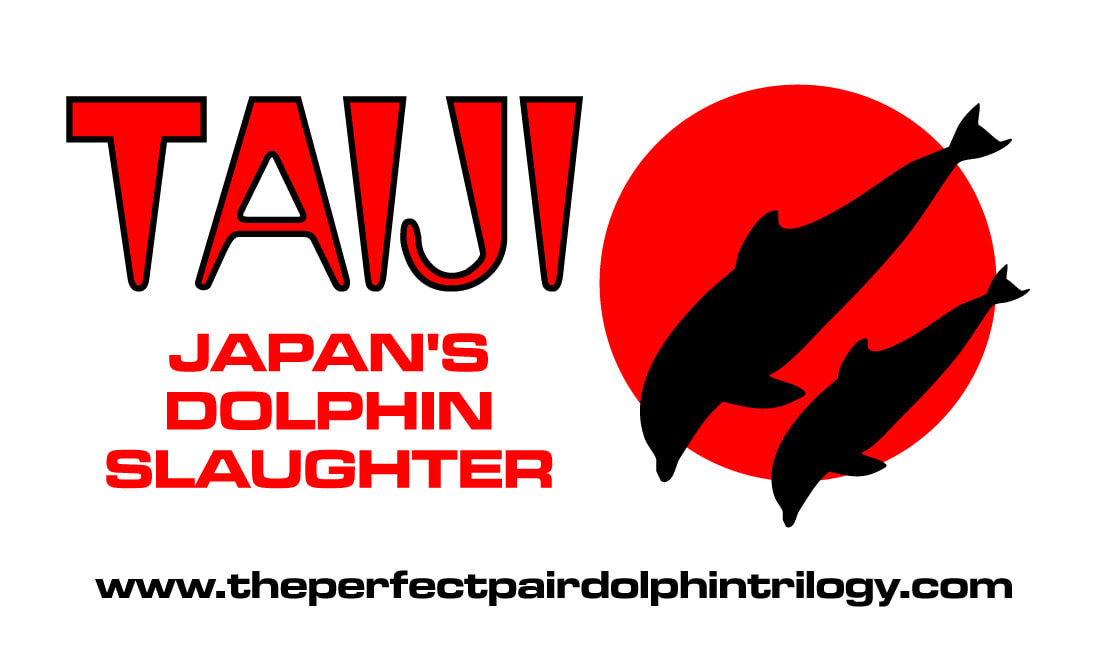
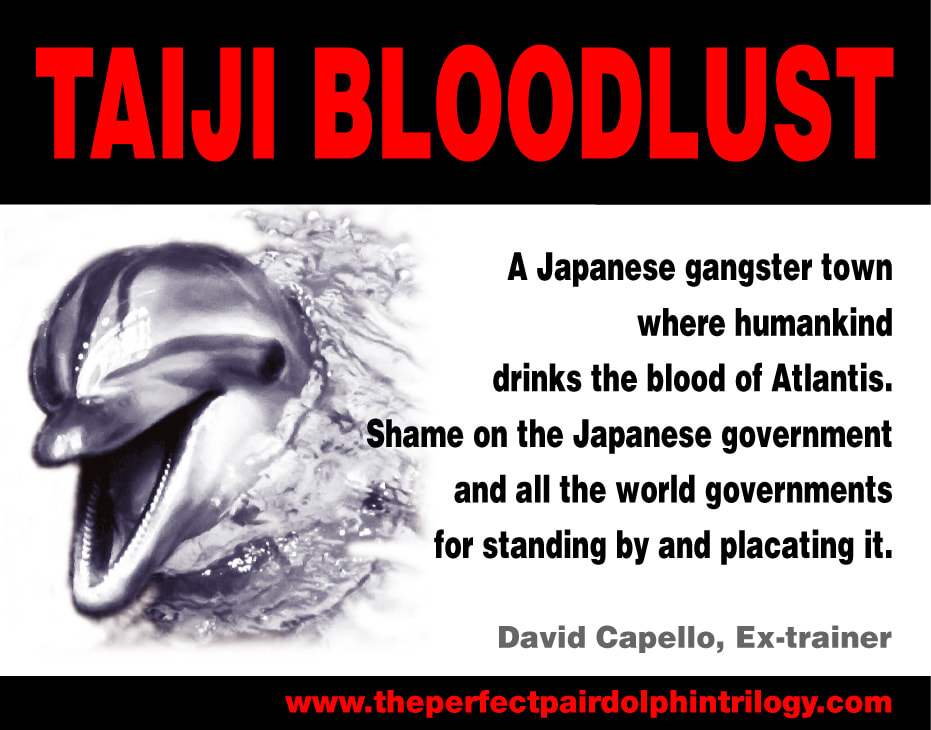

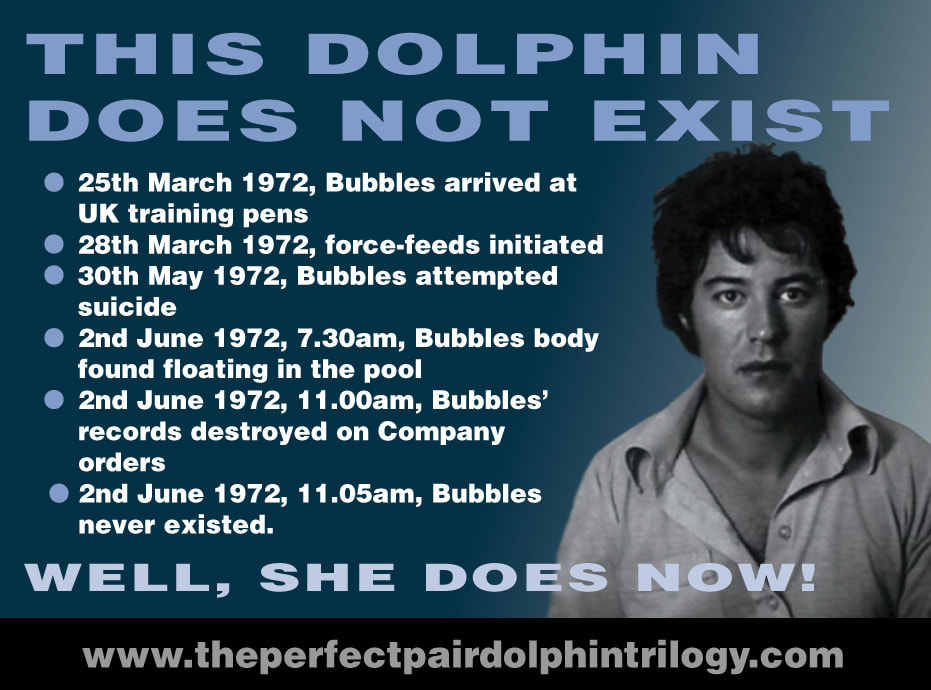

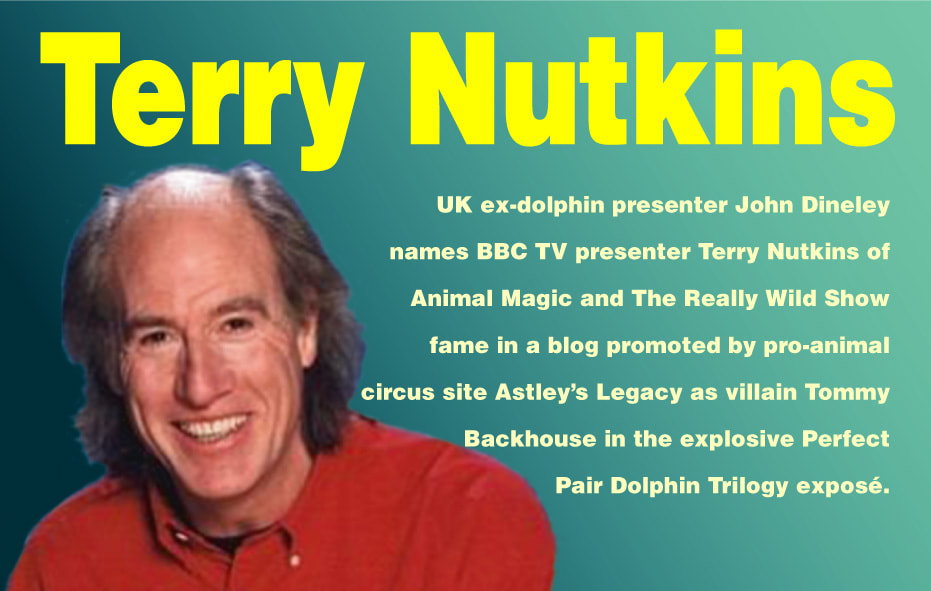
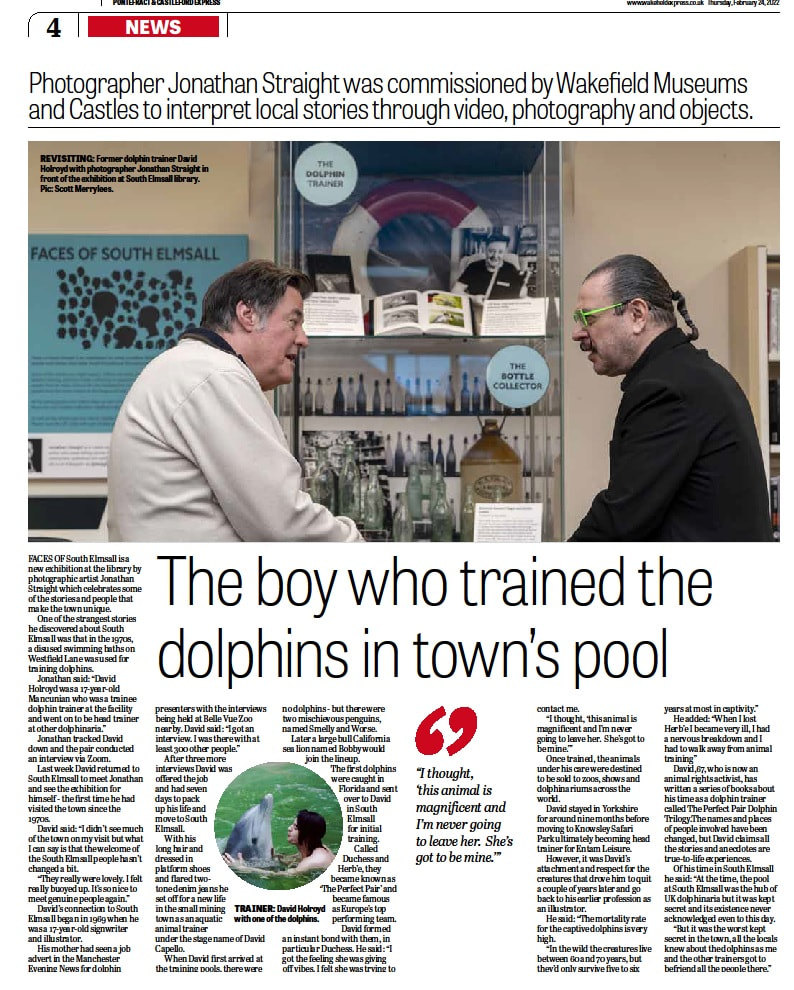
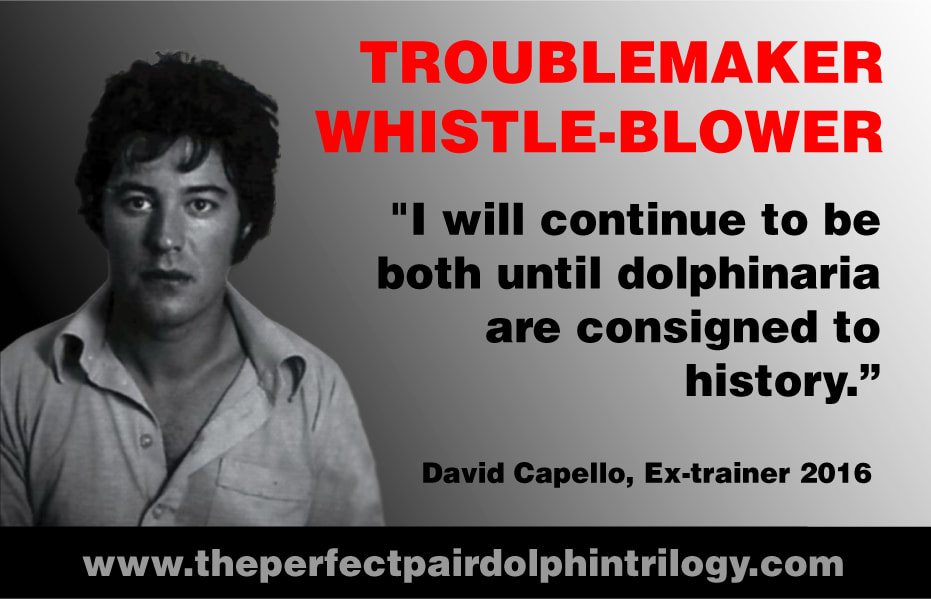
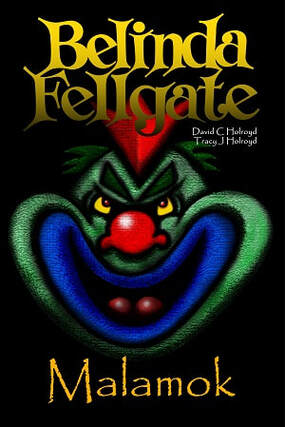

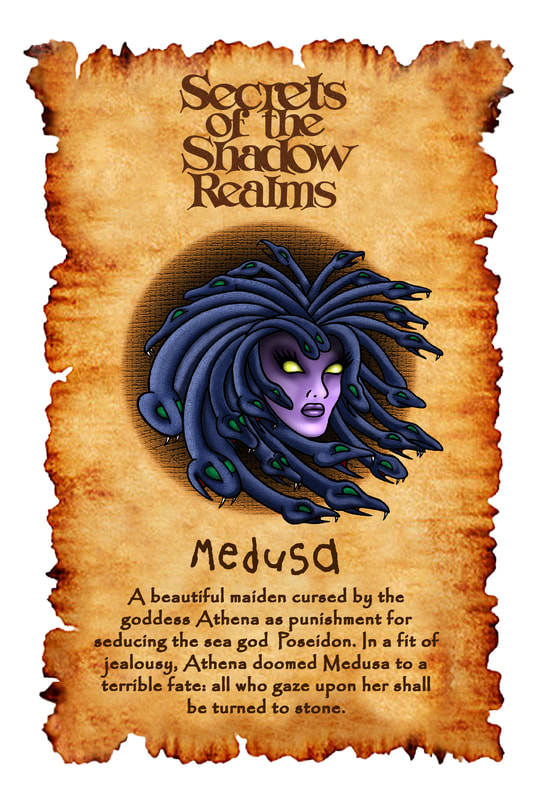

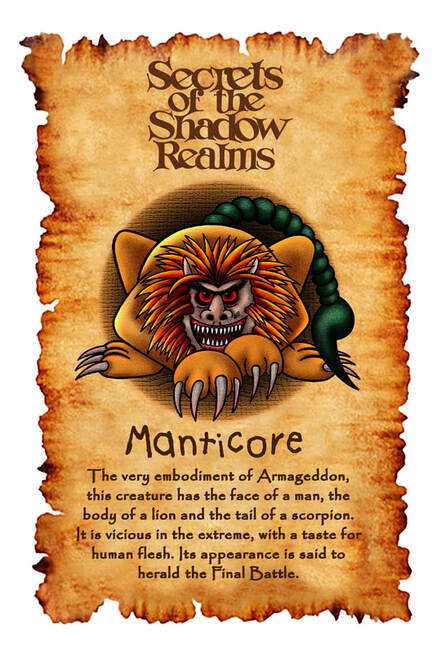
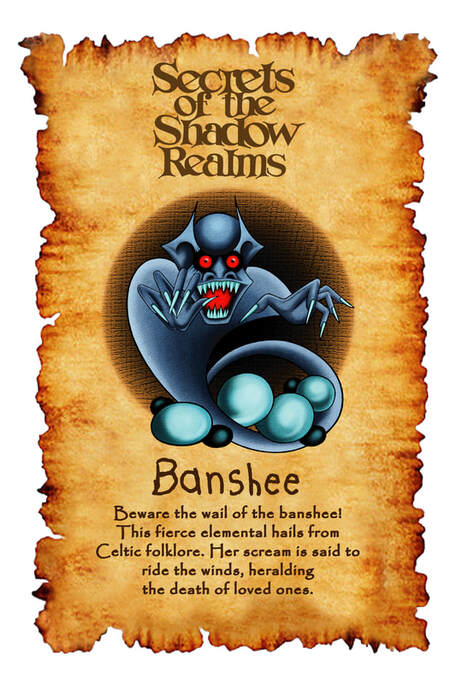
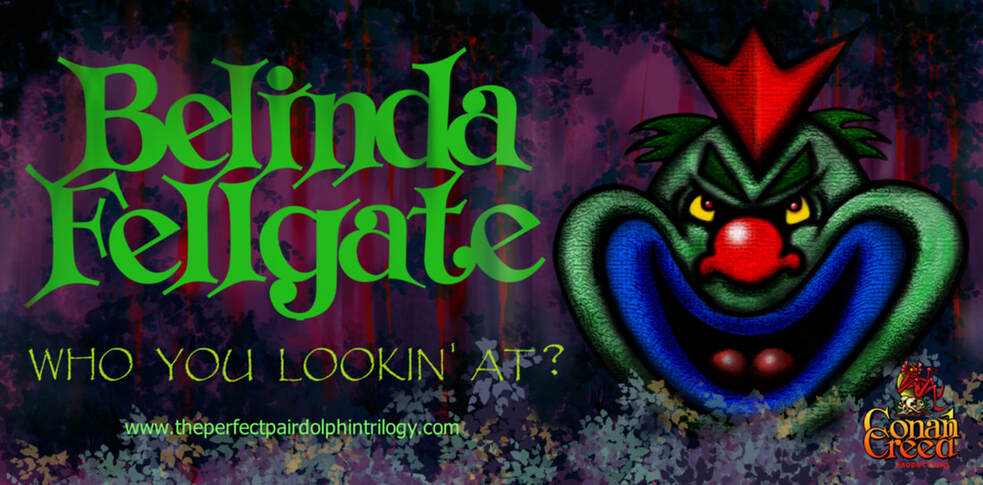
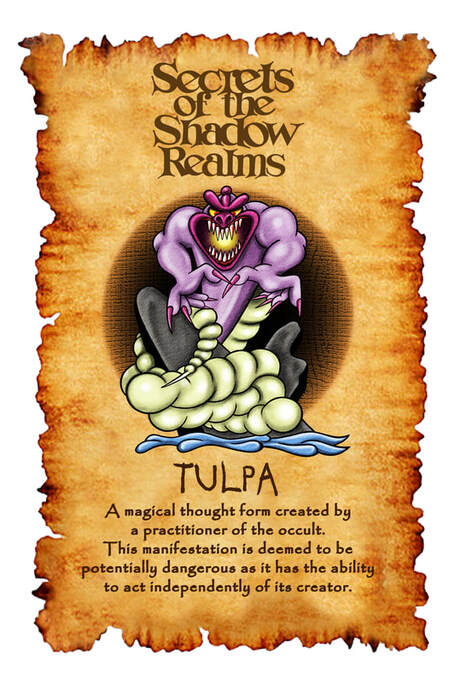
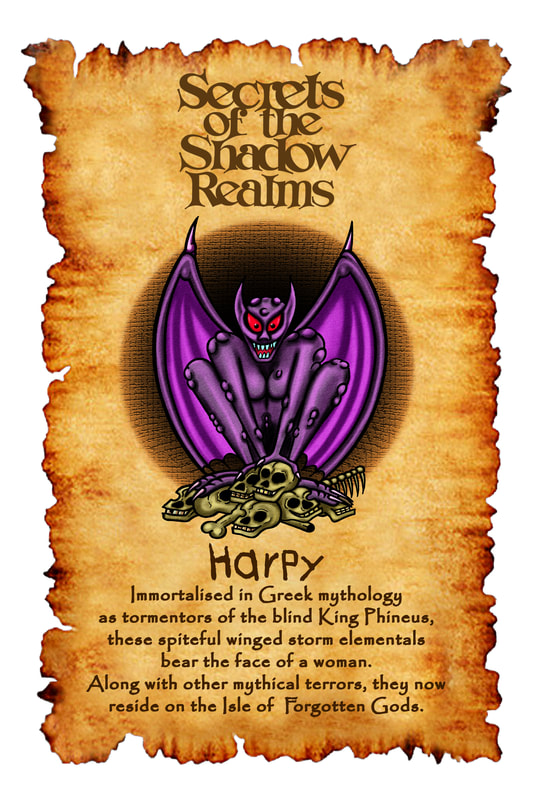
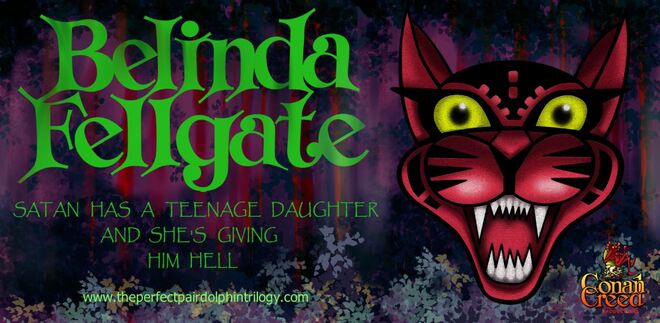
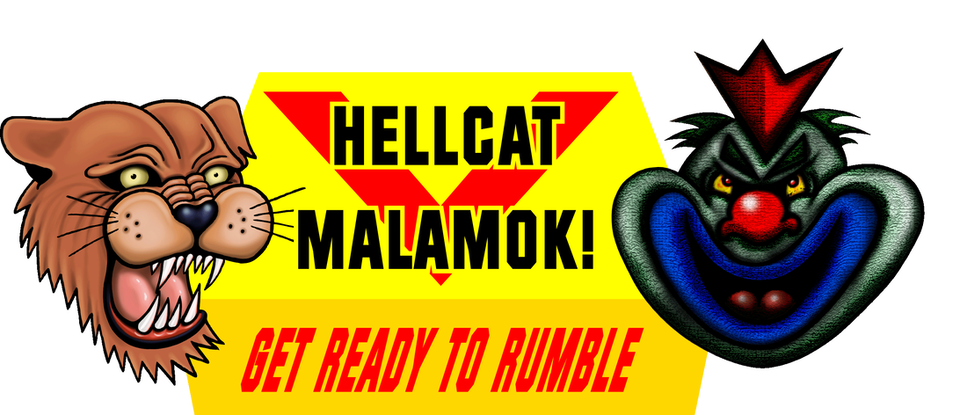
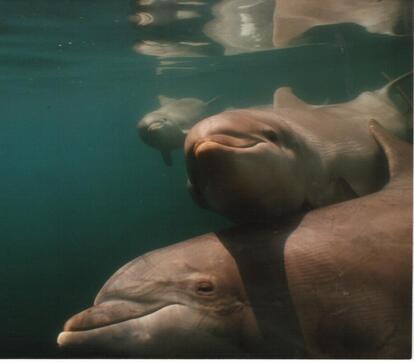
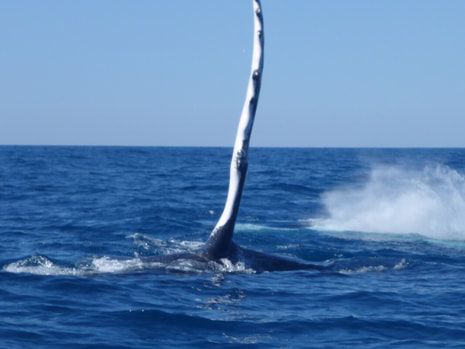
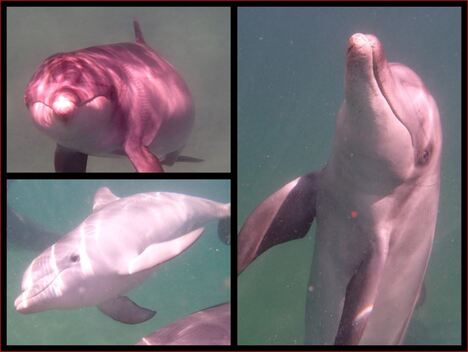
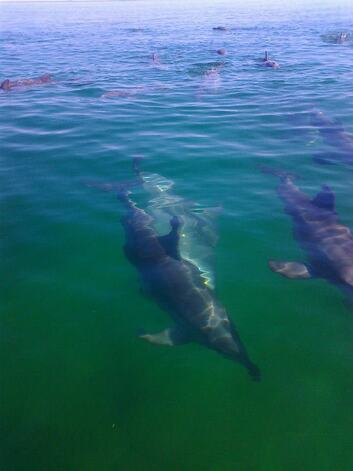
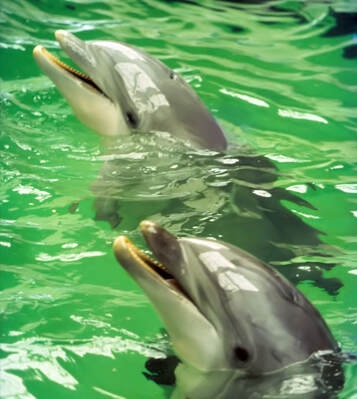
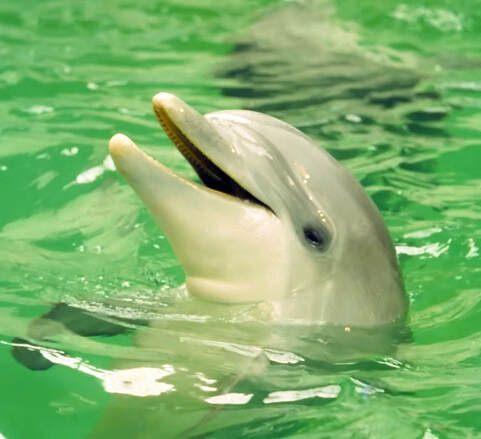
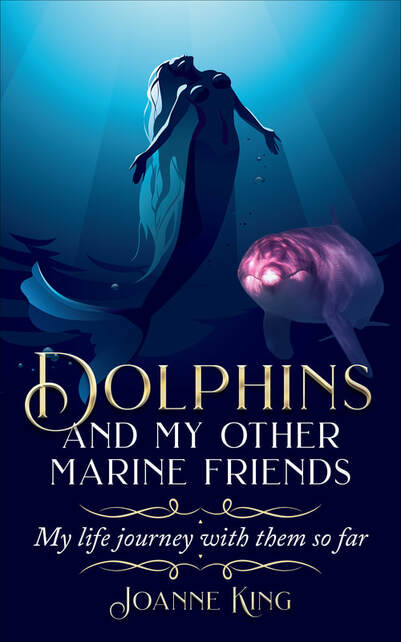
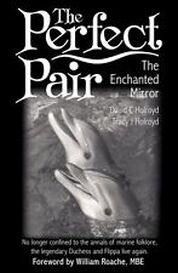
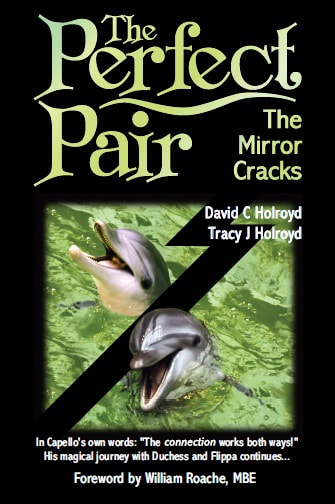
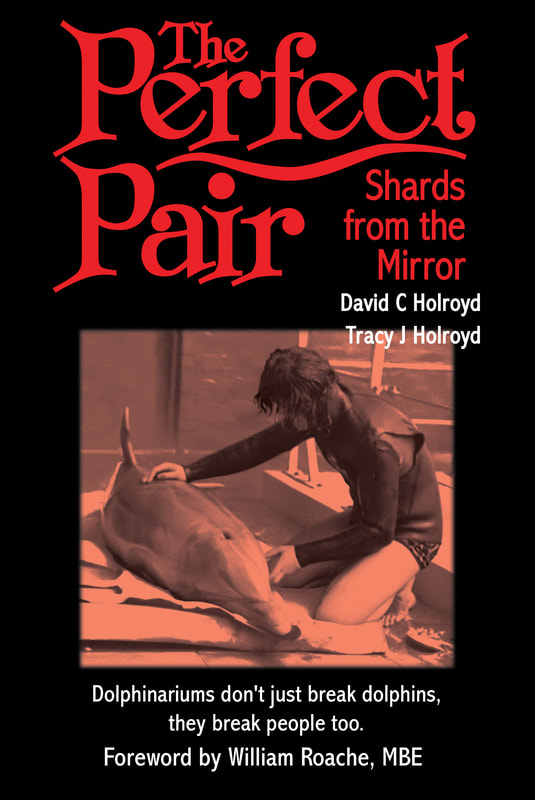
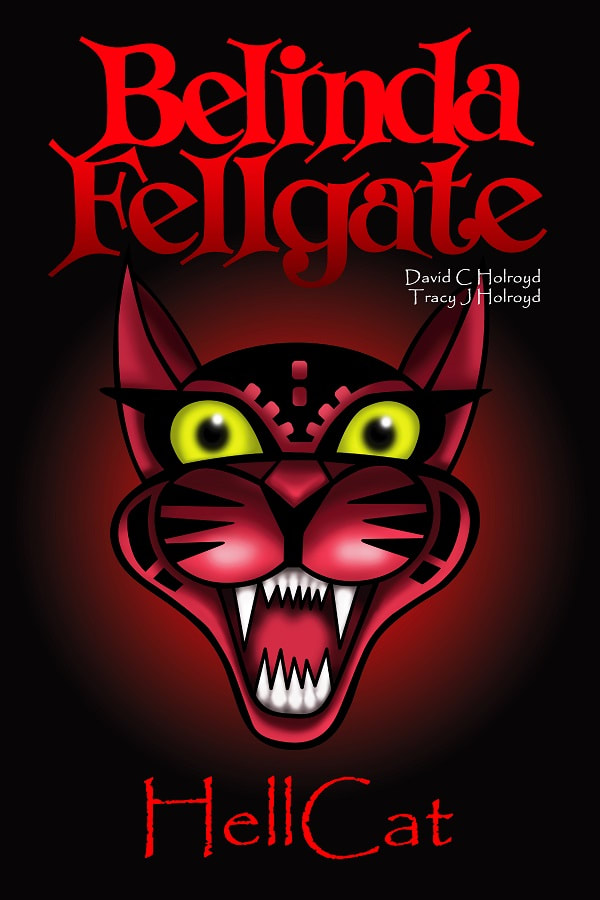
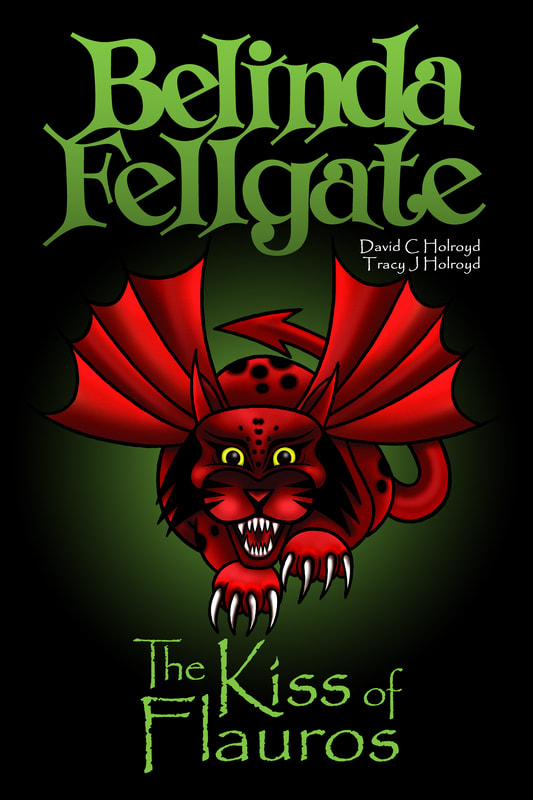
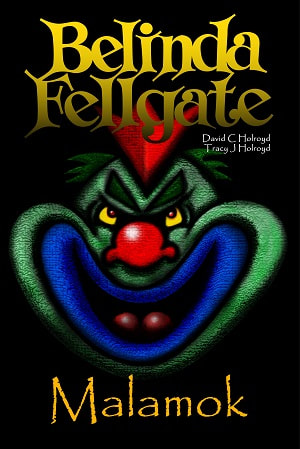

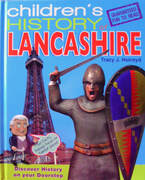
 RSS Feed
RSS Feed